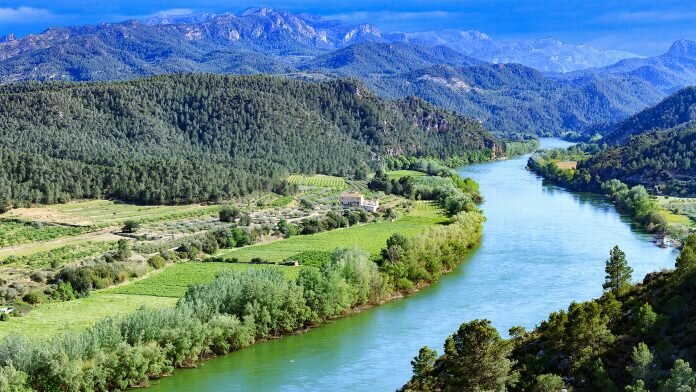
A new study from the University of Barcelona aims to gauge the efficacy of river biodiversity preservation programmes in Spain.
The report, published in the Aquatic Conservation: Marine and Freshwater Ecosystems journal, notes that a number of at-risk species including the European eel and the freshwater pearl mussel are insufficiently represented in the biodiversity catalogue of Spain’s Natural River Basins (RNF), areas designated for the conservation of river biodiversity.
Miguel Cañedo-Argüelles, member of the Freshwater Ecology, Hydrology and Management at the University of Barcelona (FEHM-UB) research group and the university’s Water Research Institute (IdRA) and co-author of the report, said: “About 60% of the species that were assessed in the project are not [represented enough] in the RNF. Some of these species are regarded as vulnerable according to the International Union for Conservation of Nature’s Red List of Threatened Species. Therefore, social and scientific and technical requirements demand an additional effort to bring the element of biodiversity as a strategic criteria when assigning the RNF in a certain river basin.”
The study is the first to analyse the effectiveness of the RNF programme to promote river biodiversity, which began in 2015. The authors draw attention to the impact of citizen participation and the oversight of local authorities on the designation and preservation of Natural River Basins, as well as the inherent challenges presented by the geography of the projects.
Co-author and University of Barcelona lecturer Núria Bonada, who leads the FEHM research group, highlighted the placement of currently designated Natural River Basins – which are predominantly located in mountainous regions – and said: “As a result, current RNF are not connected to each other and do not favour the interrelation between populations of different species in the fluvial ecosystems. This disconnection is one of the main causes for the extinction of the species, according to the Platform for Biodiversity and Ecosystem Services.”
Cañedo-Argüelles and Núria Bonada added: “Having detailed and updated information on the distribution of invasive species or threatened ones – apart from conducting frequent comprehensive ecological monitoring – are essential elements to respond to the social requirements in order to improve the protection of biodiversity in freshwater ecosystems and preserve natural environments with a high ecological value.”


















